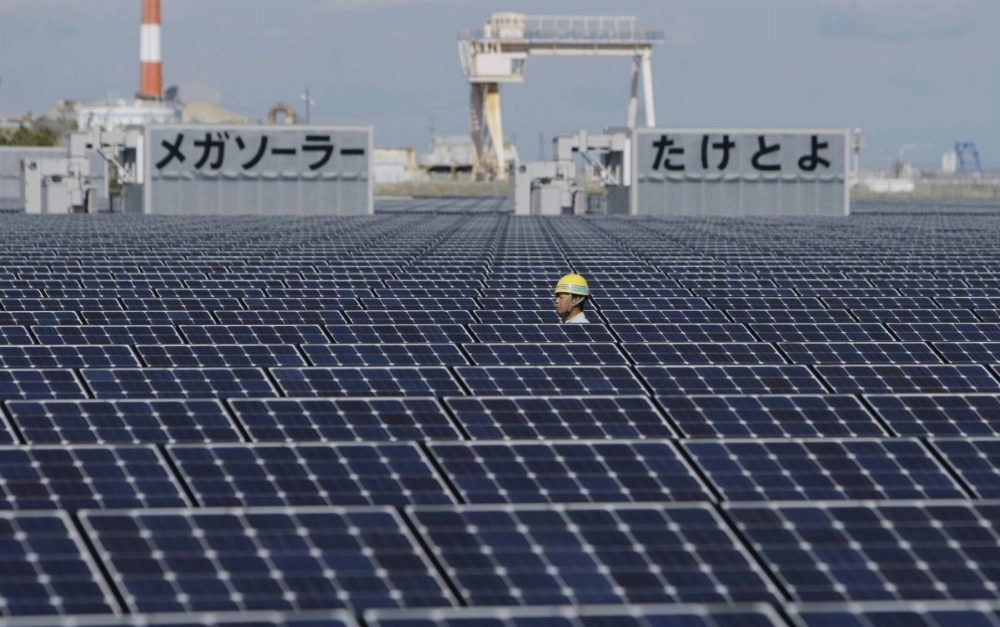The political dust has finally settled. Fumio Kishida's decision to step down as leader of the Liberal Democratic Party and as prime minister and the dissolution of several LDP factions made the race for the premiership unusually exciting. Now, Shigeru Ishiba has been anointed prime minister and his Cabinet has been christened.
However, for observers hoping that Japan steps up its ambitions in the fight against climate change, the LDP race was deeply disappointing and troubling.
The issue of climate change was nowhere to be seen or heard either in political debates or campaign speeches. Ironically, the leadership race kicked off as Japan was still reeling from its hottest summer on record — tied with last year’s — which saw levels of extreme heat that would have been "almost impossible" without global warming, according to a government assessment.


















With your current subscription plan you can comment on stories. However, before writing your first comment, please create a display name in the Profile section of your subscriber account page.